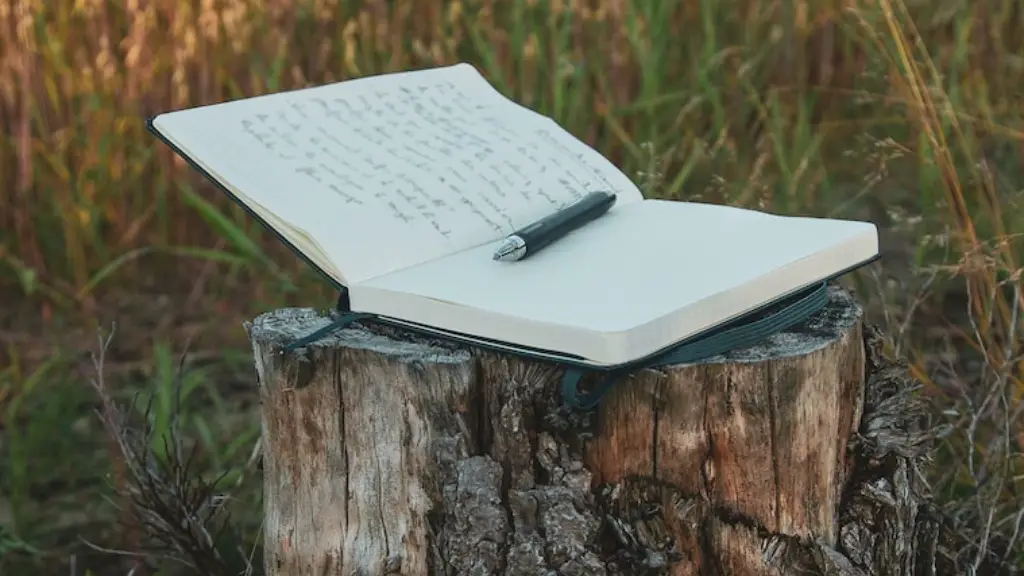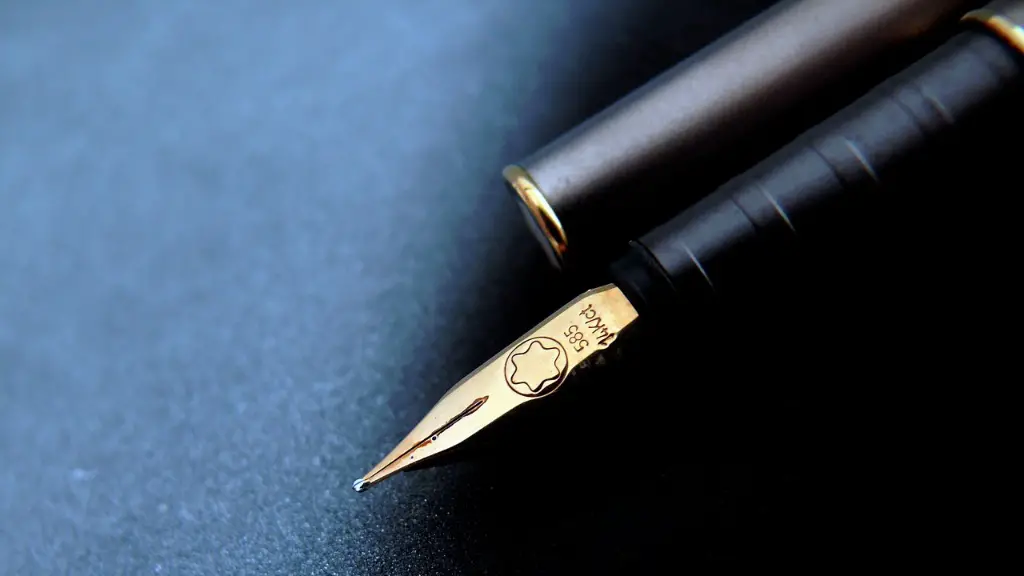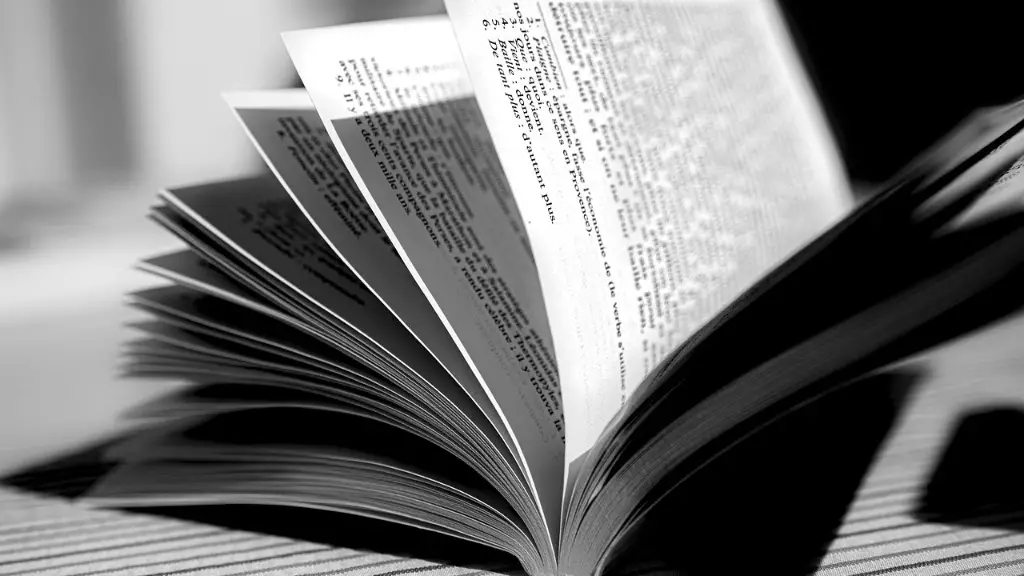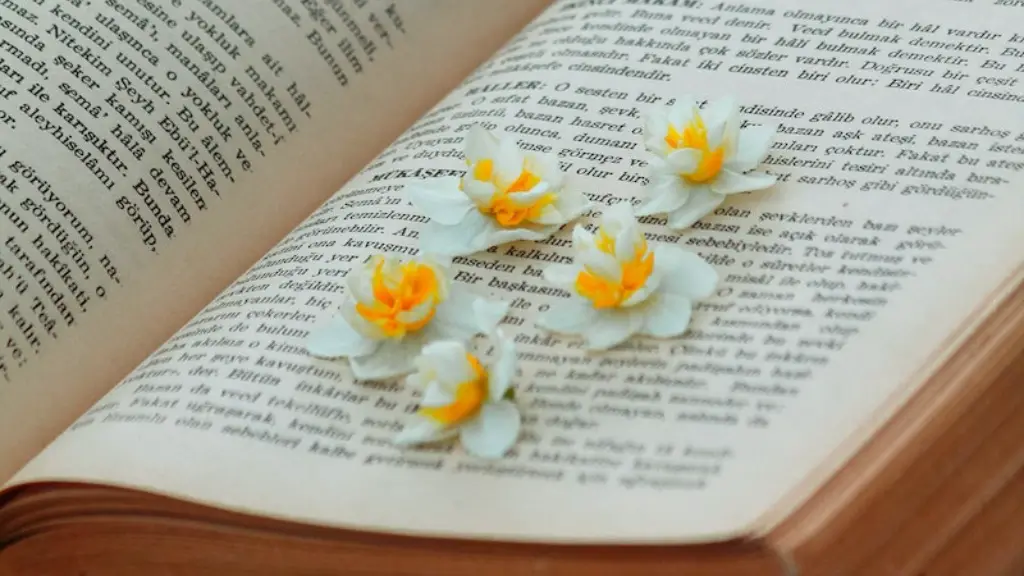What is a Poetry Book
A poetry book is an anthology of poems by one or more poets, organized into a single book. It can contain works from a single period or be a compilation of works spanning the poet’s career. Poetry books traditionally come in two main formats, chapbooks and anthologies.
Chapbooks are typically a small collection of poems, up to about 50 pages, containing around 10-20 poems. They usually contain a single author’s works and may include an introduction from the author or from someone else. Anthologies are more expansive, containing works from multiple authors, with the aim of showcasing some of the best poetry from the period or region in which it is compiled.
How Many Items Should Be In A Poetry Book
The number of items that should be included in a poetry book could vary greatly depending on the purpose of the book and its length. If the goal is to create a publication that focuses on a single poet’s work, then the number of items included should be narrowly focused and thoughtfully selected in order to ensure a cohesive work. On the other hand, if the goal is to create an anthology focusing on multiple poets or a specific literary period, then it may be necessary to include a larger number of items in order to represent the greater diversity of material.
Special attention should also be paid to the length of the works included in a poetry book. Most chapbooks usually contain works under fifty pages, and anthologies can often exceed two hundred pages. The number of items selected should correspond to the desired length of a book; too few items might make the work feel incomplete, while too many items could overwhelm a reader.
Selection of Items in A Poetry Book
Selecting items to be included in a poetry book is no small matter. It is best to choose works that are of a high quality from poets that have some degree of recognition and respect within their field. Poets should be chosen that exemplify certain characteristics that the publisher wants to emphasize or celebrate in the work, such as a particular literary style or period, a certain poetic genre, or a focus on certain themes.
It is also important to pay attention to the mood and tone of the works selected. The items in a poetry book should have some coherence and consistency to them, and this continuity can be achieved by carefully choosing works that have similar feelings or sentiments. This might mean that some works might be excluded, but this is an imperative part of the selection process.
Finally, the publisher should also be mindful of the diversity of voices included, if the anthology contains more than one author. Poetry books, especially anthologies, should be representative of different genders, ages, cultures, and backgrounds so that a wide range of perspectives and experiences are honored.
Structure of A Poetry Book
The structure of the book is almost as important as the items it contains. A clear and consistent structure serves to guide the reader through the book, allowing for a more pleasant overall experience. The structure should also be visually appealing, as it commonly includes text, images, and sometimes diagrams to clearly delineate the different items.
Most poetry books begin with a frontispiece, which is a solid introduction to the work and its authors. This section is typically followed by a table of contents and a preface, which can serve to provide the reader with the necessary background information to properly appreciate the work.
Next, the poems are listed in chronological or alphabetical order, depending on what makes the most sense for the particular book. If the book has multiple authors, their works can be divided into different sections or subsections, allowing for each author to be fully represented. Additional materials, such as biographies of authors, notes about the works, or literary criticism can be included at the end of the book.
Editing of Poetry Book
Once the items have been selected and the structure of the book established, it is time to begin the editing process. This step is crucial in order to make sure that the book flows seamlessly and has no errors or typos.
During the editing process, not only should grammar and typos be corrected, but any inconsistencies in the structure or flow of the poems should be addressed. This might mean changing punctuation, restructuring sentences, adding or removing lines, or making other changes to a poem in order to ensure clarity and continuity in the work.
Once the editing is done, a proofreader should be consulted to catch any errors that might have been missed. The proofreader should be an unbiased party with a keen eye for detail who is knowledgeable about the subject of the book.
Publishing of Poetry Book
Once the editing of the book has been completed, it is ready to be published. This might mean self-publishing, in which case the author or publisher must arrange for printing, marketing, and distribution of the book. It could also mean working with a traditional publishing house, in which case the publisher will take care of the printing, marketing, and distribution.
Working with a traditional publisher, however, involves a few more steps: getting an editor, going through the editorial process, getting a design team, and ensuring that all the legal elements are in order. Each of these steps can be a challenge, but working with a good team of professionals can help to make the publishing process smooth, efficient, and successful.
Marketing of Poetry Book
Once the book is published, it is essential to market it in order to get it into the hands of readers. This can be done through various means, such as appealing to bookstores and libraries, creating a website for the book, arranging book readings and poetry events, or utilizing social media and other digital channels.
It is important to remember that marketing a poetry book is a long-term effort that requires dedication and creativity. It is also important to create a strategy that will work for the specific work in order to make sure the right audience is targeted. Investing in promotion can be a good way to ensure that the book reaches the right readers and begins to generate the necessary interest.
Preservation of Poetry Book
Preserving a poetry book, especially one that has been self-published, is an important step in its longevity. Documents and materials should be stored correctly in order to ensure that they do not deteriorate over time. Books should be kept in a cool and dry environment, away from direct sunlight, to prevent fading and other damage.
The preservation of the book does not end with its physical properties, but should also include the content of the book and the author’s works. This can be done through maintaining a digital version of the book, as well as preserving the author’s website and any other material related to their work.
Caring for a poetry book is essential in order to preserve it for future generations and to ensure that the author’s work is remembered long into the future.





